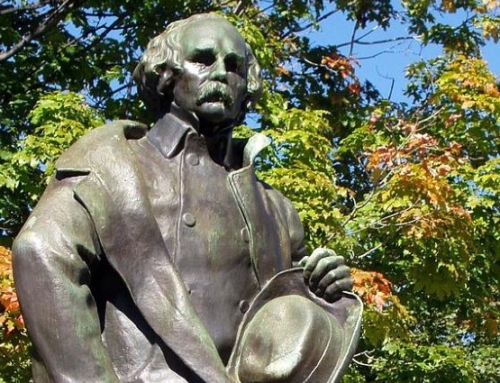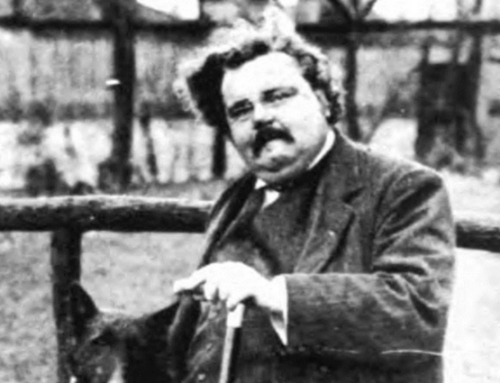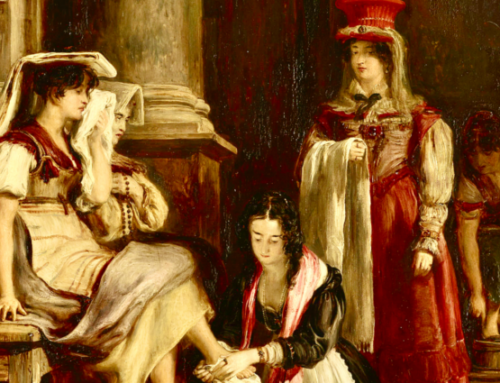In the first volume of his three-volume biography, “Becoming Ray Bradbury,” Jonathan R. Eller draws upon his friendship with Bradbury as well as upon a myriad of primary sources to write one of the best biographies of the famous author that I’ve yet encountered.
Becoming Ray Bradbury, by Jonathan R. Eller (360 pages, University of Illinois Press, 2013)
 One of the finest and most insightful human beings I have the privilege of knowing personally, Jonathan R. Eller, has written a three-volume biography of one of my all-time favorite authors, Ray Bradbury. Volume I, Becoming Ray Bradbury, came out in 2011. Volume II, Ray Bradbury Unbound, came out in 2014. And, the final volume, volume III, Bradbury: Beyond Apollo, came out in 2020. Most recently, Eller edited the two-volume Library of America edition of Ray Bradbury’s works, and he has a forthcoming compilation of Bradbury letters coming out. Though fascinating in his own right, Eller has lived and breathed Bradbury over and throughout his professional career.
One of the finest and most insightful human beings I have the privilege of knowing personally, Jonathan R. Eller, has written a three-volume biography of one of my all-time favorite authors, Ray Bradbury. Volume I, Becoming Ray Bradbury, came out in 2011. Volume II, Ray Bradbury Unbound, came out in 2014. And, the final volume, volume III, Bradbury: Beyond Apollo, came out in 2020. Most recently, Eller edited the two-volume Library of America edition of Ray Bradbury’s works, and he has a forthcoming compilation of Bradbury letters coming out. Though fascinating in his own right, Eller has lived and breathed Bradbury over and throughout his professional career.
Put these two men together, and you have one incredible and profound match-up.
When I published my own book on Russell Kirk back in 2015, I happily relied on the wonderful work of biographer and journalist Sam Weller to connect Kirk to Bradbury (Kirk and Bradbury were good friends), but my work would have, admittedly, been much stronger had I also relied on Eller’s biography (the first two volumes were out by the time Russell Kirk: American Conservative was published). To my shame, I wasn’t familiar with Eller’s many works on Bradbury until about 2016. Since then, I’ve read as much Eller on Bradbury as I have Bradbury himself.
In the first volume of his three-volume biography, Becoming Ray Bradbury, Eller draws upon his friendship with Bradbury as well as upon a myriad of primary sources—from Bradbury’s personal correspondence, unfinished ideas and personal notes, and recollections of allies and friends—to write one of the best biographies I’ve yet encountered in my own fifty-five years. In the book, Eller explores Bradbury’s first thirty-three years of life, a miraculous time in which the author went from an idyllic but poor childhood in Waukegan, Illinois, to Tucson, Arizona, back to Waukegan, and then, finally, to high school and young adulthood in Los Angeles, and, finally, to become the author of one of the most effective dystopias of the twentieth-century, Fahrenheit 451.
While Eller gives us personal details of Bradbury’s actual life—his high school classroom successes and failures, his life as a newspaper salesman, his adoration of Hollywood movies, his many friendships, his trips to New York—his greatest contributions come from his analysis of Bradbury’s development as a writer (especially his analysis of Bradbury’s short stories and essays) and the numerous influences on the great author’s own ideas.
As to this latter point, Bradbury was a voracious reader, devouring everything he could in terms of an understanding of human psychology and motivations. Interestingly enough, for readers of The Imaginative Conservative, three profound influences on Bradbury were Ayn Rand’s The Fountainhead, Albert Jay Nock’s Memoirs of a Superfluous Man, and Arthur Koestler’s Darkness at Noon. But, these should not limit our understanding of the man. He also read deeply in Freudian and Jungian thought, and he was quite interested in aesthetics as well as of theories of writing. Though he never attended college, Bradbury educated himself through explorations of his local libraries, believing his own intellectual excursions until he was in his late 20s to be superior to actual university attendance. Again, Eller brilliantly marches through Bradbury’s many influences, analyzing how each changed the author’s own attitude toward writing and toward the world.
In terms of Bradbury’s politics, he was immensely complicated. As a very young man, he embraced—to a rather shocking degree—ideas of technocracy, believing that the future of America, especially through the Great Depression, and even into World War II, resided in economic and scientific efficiency. Everything, he thought, was tied to the ideas of energy production and output. However, at a meeting of technocrats, all adorned in their matching grey suits, Bradbury suddenly realized that his affection for their policies, was akin to loving either Mussolini or Stalin. He moved toward the mainstream parties. Though a Stevenson Democrat in 1952, Bradbury found himself, again, disillusioned with the presidential candidate, especially after Stevenson refused to address directly either the Korean War or Joseph McCarthy’s scandalous witch hunts. Famously (or infamously, depending on one’s point of view), Bradbury took out a large ad in Variety, “To the Republican Party,” challenging them to disown McCarthyism as well as refrain from claiming that anyone in the Democratic Party was a Communist. In the spring of 1953, Bradbury published in The Nation one of his most famous essays, “Day After Tomorrow: Why Science Fiction,” a defense of the much maligned literary genre. Later that year, Bradbury’s masterfully anti-consumerist but deeply libertarian novel, Fahrenheit 451, appeared, perhaps solidifying the author’s anti-authoritarian reputation.
Eller expertly traces Bradbury’s successes as he published in fanzines, then prozines, then pulps, and, finally, in mainstream slick markets and for the major book markets. Eller is especially good at giving the complex histories of each of Bradbury’s books, from Dark Carnival (1947) of the wildly niche Arkham House to the Martian Chronicles (1950), a poetic compilation of related short stories, to Fahrenheit 451 (1953), an enlargement of his February 1951 pulp adventure, “The Fireman.” All the while, Bradbury attempted some novels (never published) such as Masks, for which he unsuccessfully applied for a Guggenheim, and what would become Dandelion Wine (1957) and Something Wicked This Way Comes (1962). He also wrote a number of Hollywood screenplays for television as well as for the silver screen. As Eller so wonderfully demonstrates, Bradbury’s relentless drive for perfection in his writing gave him greater and greater confidence.
Becoming Ray Bradbury is 288 pages of dense text (all of it enjoyable) and another thirty pages of notes and index. This is a wonderful read, and I’m grateful to both Bradbury (for leading such a fascinating life) and Eller (for capturing the genius of Bradbury). If you have not already, make sure you purchase this volume for your personal collection. No Imaginative Conservative bookshelf should be without it. Now, onto volume II…
The Imaginative Conservative applies the principle of appreciation to the discussion of culture and politics as we approach dialogue with magnanimity rather than with mere civility. Will you help us remain a refreshing oasis in the increasingly contentious arena of modern discourse? Please consider donating now.







Just finished reading the Library of America’s volumes of Bradbury’s work. The notes are astonishing – when Bradbury says he was educated in the library, he’s not exaggerating – the notes prove the depth and width of his cultural influences. (And an interesting side note: despite his publishing successes, publishers still seemed wary of his work.)
Peter, of course, that’s all Eller’s research and work.
Looks like I am adding some more tonnage to the book shelf.